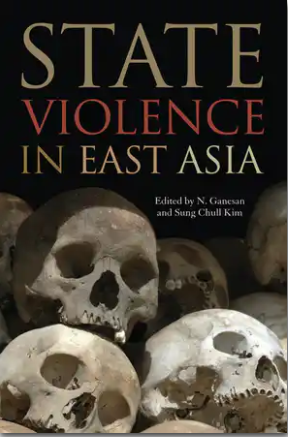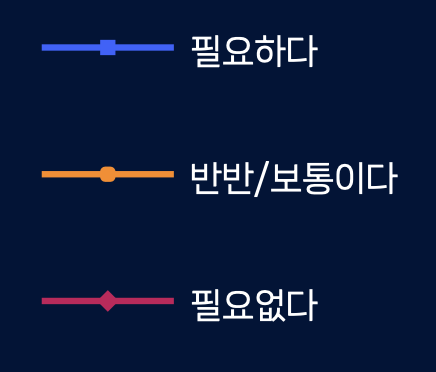State Violence in East Asia
Discription
The world was watching when footage of the “tank man” — the lone Chinese citizen blocking the passage of a column of tanks during the brutal 1989 crackdown on protesters in Beijing’s Tiananmen Square — first appeared in the media. The furtive video is now regarded as an iconic depiction of a government’s violence against its own people.
Throughout the twentieth century, states across East Asia committed many relatively undocumented atrocities, with victims numbering in the millions. The contributors to this insightful volume analyze many of the most notorious cases, including the Japanese army’s Okinawan killings in 1945, Indonesia’s anticommunist purge in 1965–1968, Thailand’s Red Drum incinerations in 1972–1975, Cambodia’s Khmer Rouge massacre in 1975–1978, Korea’s Kwangju crackdown in 1980, the Philippines’ Mendiola incident in 1987, Myanmar’s suppression of the democratic movement in 1988, and China’s Tiananmen incident. With in-depth investigation of events that have long been misunderstood or kept hidden from public scrutiny, State Violence in East Asia provides critical insights into the political and cultural dynamics of state-sanctioned violence and discusses ways to prevent it in the future.
About the Author
N. Ganesan is professor of southeast Asian politics at the Hiroshima Peace Institute and the coeditor of International Relations in Southeast Asia: Between Bilateralism and Multilateralism.
Sung Chull Kim is Humanities Korea Professor in the Institute for Peace and Unification Studies at Seoul National University.
Ganesan, N., and Sung Chull Kim. State Violence in East Asia. University Press of Kentucky, 2013.
Publication Date: January 18, 2017
첨부파일



















